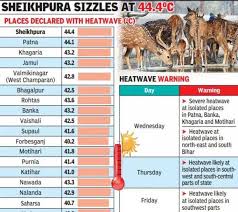Queensland vs Victoria: A Comprehensive Comparison

Introduction
Queensland and Victoria are two of Australia’s most iconic states, each known for their unique characteristics, cultures, and lifestyles. Understanding the differences and similarities between these regions is crucial for anyone considering relocation, travel, or even just a deeper insight into Australian life. From stunning beaches in Queensland to the bustling city life in Melbourne, both states offer diverse experiences that attract millions of visitors and residents each year.
Climate and Geography
Queensland is famed for its tropical climate, particularly in the northern regions, with warm temperatures year-round and an abundance of sunshine. The state’s natural attractions include the Great Barrier Reef, lush rainforests, and picturesque beaches. In contrast, Victoria experiences a temperate climate, with four distinct seasons. While summers can be hot, winters can bring colder weather and even snow in certain areas. The state is renowned for its scenic countryside, including the Great Ocean Road and the idyllic Yarra Valley.
Culture and Lifestyle
The cultural differences between Queensland and Victoria are pronounced. Queensland’s lifestyle is often associated with outdoor activities, beach culture, and a laid-back atmosphere. Cities like Brisbane and the Gold Coast offer vibrant nightlife but maintain a more relaxed pace compared to Melbourne, which is known as Australia’s cultural capital. Victoria prides itself on its rich arts scene, with numerous festivals, galleries, and theaters throughout the state. Melbourne, in particular, is famous for its coffee culture, diverse food scene, and sporting events, particularly Australian Rules Football.
Economic Factors
Economically, both states have thriving industries but focus on different sectors. Queensland’s economy is heavily reliant on tourism, agriculture, and mining, leveraging its natural resources and attractions. Conversely, Victoria boasts a more diversified economy, with education, manufacturing, and finance playing significant roles alongside healthcare and technology. The job market in both states varies, with Victoria often having more opportunities in the professional and creative sectors.
Conclusion
Both Queensland and Victoria offer unique advantages and lifestyle choices to their residents and visitors. Whether one prefers the sunny beaches and relaxed lifestyle of Queensland or the cultural vibrancy and urban sophistication of Victoria, each state has its own allure. As Australians continue to navigate the post-pandemic landscape, these differences may shape future migration patterns and preferences. Understanding the nuances between Queensland and Victoria is essential for making informed decisions about travel, residence, and investment in these dynamic regions.









